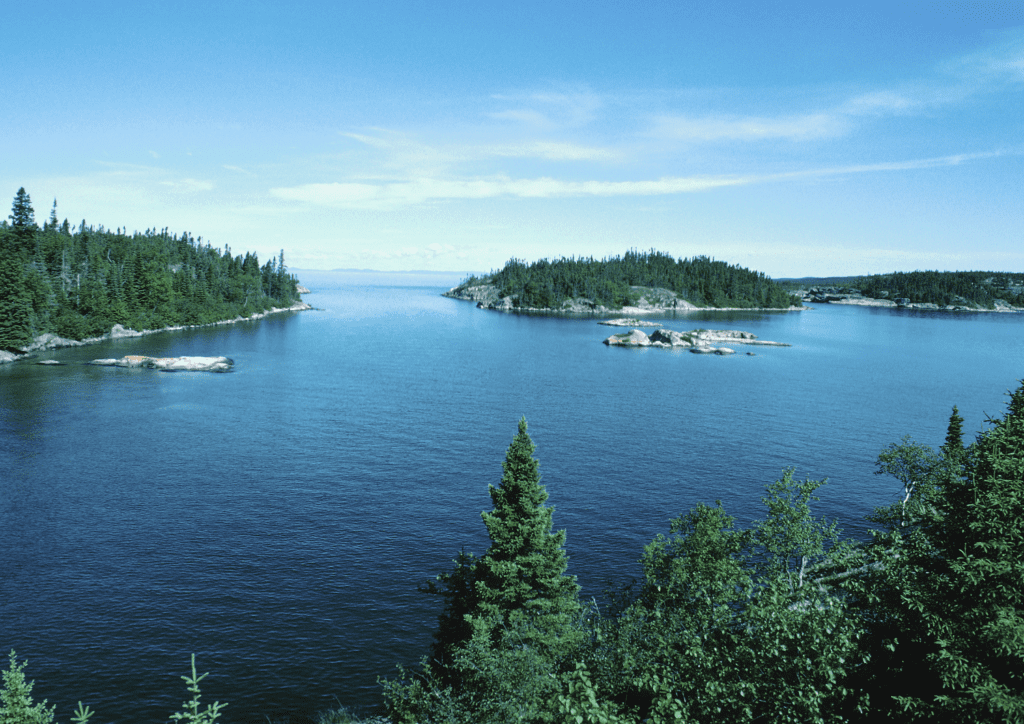Happy Earth Day! On this day to honour the earth, I invite you to celebrate, cherish, and commit to protect one of the substances most central to our planet: water.
Water is the most abundant molecule on the Earth’s surface, covering about 70 per cent of the planet. It is an integral part of how the Earth functions, and its unique properties have shaped our world in a way that no other substance has.
Water has sculpted our global landscape by forging canyons and caves, etching shorelines, and cultivating forests and pastures. It is an essential feature of our climate system, governing atmospheric temperatures and weather patterns. Not to mention, it is what has made life on Earth possible.
As humans, we ourselves are made up 60 per cent by water. It’s part of who we are and essential to all that we do, on an individual and a global scale, which is why we need to protect and conserve it.
Resource under threat
Of all the water on Earth, just two per cent is freshwater, much of which is locked away in glaciers and groundwater. That leaves only one percent in streams, lakes and the atmosphere.
The little bit of water that we can access in these freshwater ecosystems is under threat. According to the United Nations, water scarcity will be one of the greatest challenges facing the human population in the 21st century. The U.N. estimates that by 2030, almost half of the world’s population will face water insecurity. Climate change and human consumption are among the key causes.
That’s why we need to work to protect and restore what freshwater supplies we do have. In the Great Lakes, we are fortunate to hold one fifth of the world’s freshwater. But it is important to remember that only one per cent of the water in the Great Lakes is renewed annually. With global water security threatened more than ever due to climate change, we just can’t afford to pollute or waste this precious resource.
What we can do
At Environmental Defence, we work to safeguard the Great Lakes. Among the key issues we seek to tackle are toxic algal blooms, plastic pollution, and unnecessary water takings that threaten our region’s water. Algal blooms are caused in large part by too much phosphorus running off from agricultural fields into waterways. Farmers are already finding ways to better manage their land and soil, and we are working with them, along with government, scientists, and other organizations to find solutions to stop algae-causing phosphorus pollution.
In terms of the fight against plastic pollution, you can help. 80 per cent of the litter in the Great Lakes region is plastic. A simple way to reduce this pollution is to not use single use plastics, like plastic water bottles. Water bottle consumption is increasing every year, despite the fact that we have some of the best fresh water in the world. Many of these bottles don’t get recycled and end up in our landfills or our environment. Plus, the large quantities of water required to produce plastic bottles serve as an example of the kind of needless consumption we ought to reduce in this time of emerging water insecurity across the globe.
Water is fundamental to our planet. On Earth Day, and every day, let’s commit to protecting it.







